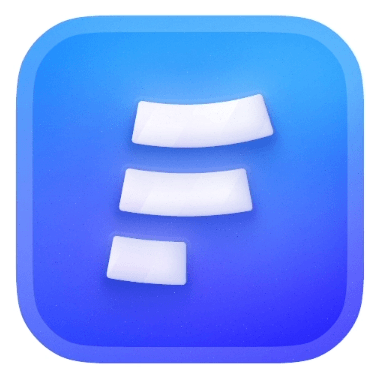Axios is an promise based HTTP client for the browser and node.js, it's lightweight and a common library for making HTTP requests. We are going to use the client side of Axios for this tutorial and show you how to make request to the your Formcarry form using Axios
You can use Axios to collect form submissions with formcarry
Installing Axios
To install it we have 3 options:
Using NPM or Yarn
shell# Yarn $ yarn add axios # npm $ npm install axios --save
Using Bower
shellbower install axios
Using CDN
javascript<script src="https://unpkg.com/axios/dist/axios.min.js"></script>
Using JSON Content Type
Let's make a simple request
javascript<script> axios.post('https://formcarry.com/s/YourFormID', {name: 'Alex', surname: 'Moran', email: 'alexmoran@bms.edu'}, {headers: {'Accept': 'application/json'} }) .then(function (response) { console.log(response); }) .catch(function (error) { console.log(error); }); </script>
Output:
javascriptdata: {code: 200, status: "success", title: "Thank You!", message: "We received your submission"}
To try it, just change the url to your forms url.
Don’t set your Content-Type to application/json in axios headers, axios automatically does that and sometimes especially when you are uploading a file it causes problems.
x-www-form-url-encoded Request Using Axios
When data is an object axios uses application/json by default.
javascriptlet formData = {name: 'Alex', surname: 'Moran'}; const encodeForm = (data) => { return Object.keys(data) .map(key => encodeURIComponent(key) + '=' + encodeURIComponent(data[key])) .join('&'); } axios.post('https://formcarry.com/s/YourFormID', encodeForm(formData), {headers: {'Accept': 'application/json'}}) .then(function (response) { console.log(response); }) .catch(function (error) { console.log(error); });
Output:
javascriptdata: {code: 200, status: "success", title: "Thank You!", message: "We received your submission"}
